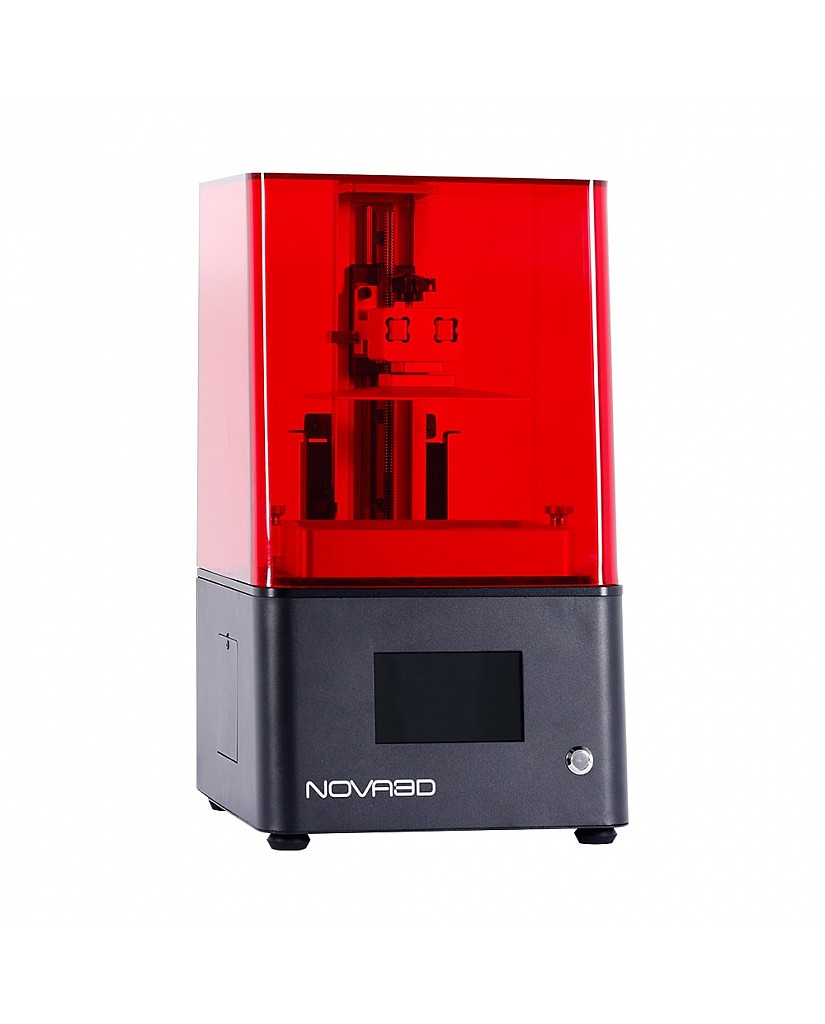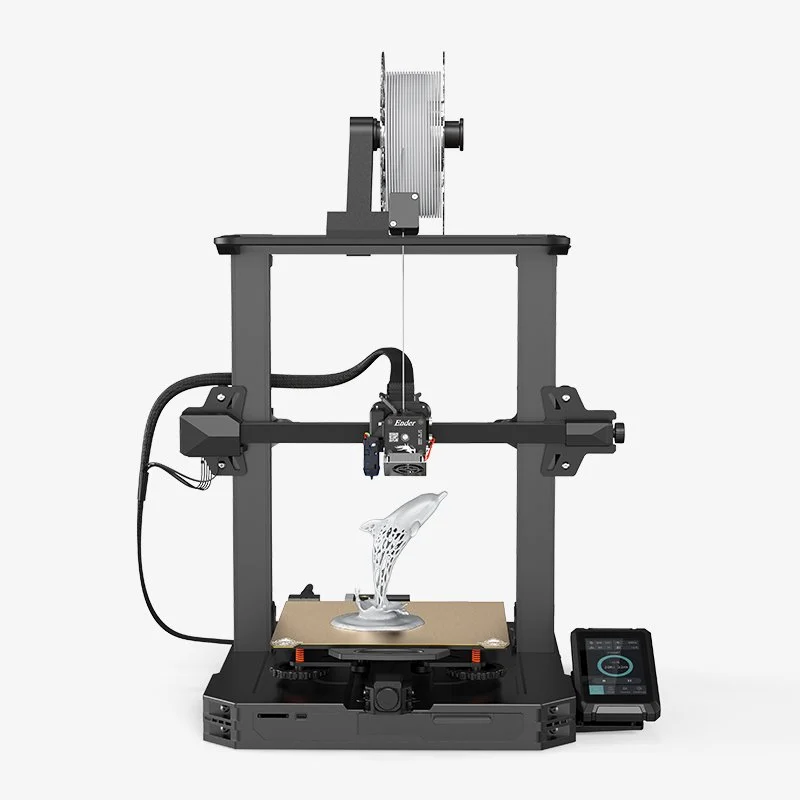Compare Bene4 vs Ender 3 S1 PRO
Comparison between the best 3D printers
Choose the best 3D printer at the best price. The cheapest 3D printers are here.
Buy a 3D printer here with 3D Fila.
 |
 |
|
| Model | Bene4 |
Ender 3 S1 PRO[BUY Ender 3 S1 PRO] |
| Printing Material | Resin | Filament |
| Buy Resin for Nova3D Bene4 | Buy Filament forCreality 3D Ender 3 S1 PRO | |
| Estimated price | $350,00 | $499,00 |
| Manufacturer | Nova3D | Creality 3D |
| Release Year | 2021 | 2022 |
| Print Volume [mm] | 80x150x130 | 220x220x270 |
| Printer Size [mm] | 240x240x430 | 450x49x620 |
| Weight [kg] | 9,5 | 8,7kg |
| Power Loss Recovery | NO | YES |
| Maximum Resolution [mm] | 0,01 | 0,1 |
| Processor | ||
| Display | Display touchscreen 4,3'' | Display touchscreen 4,3'' |
| Power Supply | 350 | |
| Connectivity | USB / Wi-Fi | SD |
| Operating systems | Windows, Mac, Linux | Windows, Mac, Linux |
| Date of registration in the system | 2023-03-24 | 2022-10-11 |
| Release date | 2021 | 2022 |
| Extra features | The Bene4 Mono Printer stands out for its 6.08-inch 2K monochrome display, which allows for faster curing times and longer lifespan. With print accuracy that rivals its competitors, it offers a factory-pre-leveled build plate, eliminating the need for manual adjustments. It has a hinged lid for easy access and reduced resin mess. The metal reservoir comes with useful features such as pouring aid and maximum level indication. In addition, it has Wi-Fi connectivity and a sleek design with a 4.3-inch touchscreen display. | Creality's Ender 3 S1 PRO is an innovation in the Ender 3 series, featuring a Sprite Pro Extruder capable of reaching 300°C and dual lead screws on the Z axis, ensuring greater stability and print quality. Its PEI-coated print bed, combined with CR-Touch automatic leveling, provides excellent adhesion and ease of part removal. The user interface, via a 4.3-inch touchscreen, offers intuitive and efficient control, although it has some limitations regarding the handling of long file names and navigation. The well-designed extruder ensures effective cooling and handling of various filaments, although there may be a slight ghosting effect at high speeds due to its weight. This printer represents a balance between technological advances and operational challenges, remaining faithful to the quality expected of the Ender line. |
| Support for multiple colors and materials (AMS and CFS) | NO | NO |
Notes * |
||
| Cost-benefit | 8 / 10 | 7 / 10 |
| Hardware | 0.5 / 10 | 2.4 / 10 |
| Tela | . | . |
| Print volume | 3 / 10 | 3 / 10 |
| Performance | 9 / 10 | 1 / 10 |
| [BUY Ender 3 S1 PRO] |
Conclusion |
| In comparing the Nova3D Bene4 and the Creality 3D Ender 3 S1 PRO, we can draw several key conclusions regarding their respective strengths and weaknesses. The Bene4, released in 2021, stands out due to its advanced monochrome display, which enhances print speed and longevity. Its compact print volume is suited for smaller projects and it features a user-friendly design with a factory-pre-leveled build plate, reducing setup time for users. However, it lacks power loss recovery, which could be a significant drawback in case of unexpected interruptions during printing. On the other hand, the Ender 3 S1 PRO, released in 2022, offers a substantially larger print volume, making it more versatile for a variety of projects. Its advanced features, like the Sprite Pro Extruder and CR-Touch automatic leveling, enhance both its print quality and user experience. The inclusion of power loss recovery adds a layer of reliability, making it a great choice for users who may deal with power interruptions. From a cost-benefit perspective, the Bene4 outperforms with a higher rating, indicating better value relative to its features, while the Ender 3 S1 PRO excels in technical capabilities related to print quality and stability. Ultimately, the best choice hinges on the user’s specific printing needs. The Bene4 may appeal to those focused on intricate details and smaller prints, whereas the Ender 3 S1 PRO is arguably more suited for larger projects requiring robust performance and reliability. Therefore, considering both features and price, potential users should assess their print volume needs, operational reliability, and the types of materials they plan to use before making a final decision. |

